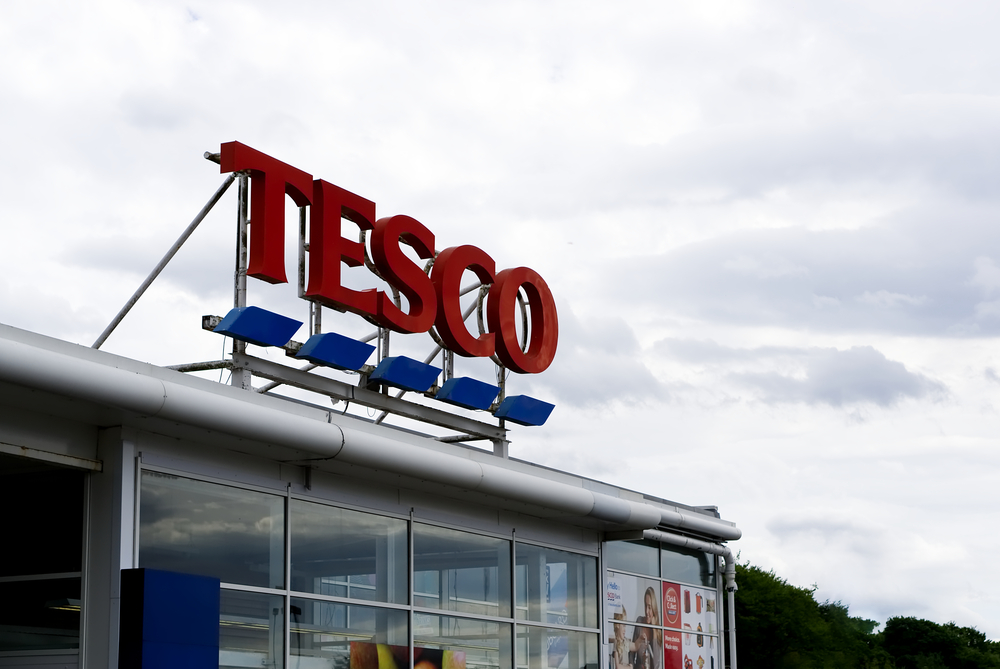Household Bills
Tesco, Lidl, and Aldi follow Sainsbury’s in cutting cost of your daily bread

Guest Author:
Lynn KabagenyiOn Tuesday, Sainsbury’s sliced the cost of its own brand bread and butter and now Britain’s biggest supermarket Tesco and the two competing discount stores Lidl and Aldi have followed suit.
Sainsbury’s reduced the price of its 800g soft white medium, wholemeal medium, wholemeal thick and toastie white loaves, which now cost 75p each. This is a reduction of 11% on their previous price. The supermarket also slashed 5% off the price of its own-brand butter (250g) to £1.89.
Tesco has now brought the price of its own-brand bread and butter in line with its key competitor.
The price of Tesco’s 800g white bread, toastie thick white bread, whole meal medium bread and whole meal thick toastie bread is now 75p each, a reduction of 10p.
Meanwhile, the supermarket giant has cut the price of its own-brand salted and unsalted 250g butter to £1.89 – again a 10p cut.
Tesco Group chief product officer Ashwin Prasad, said: “As families continue to watch their weekly spend and budget carefully, we’re pleased to be able to pass on price reductions where we can, and to help with everyday essentials like bread and butter.”

How life insurance can benefit your health and wellbeing over the decades
Sponsored by Post Office
Discounters drop prices
Discounters Aldi and Lidl have also trimmed the prices of their breakfast staples.
Aldi’s 800g village bakery toastie thick sliced white bread, village bakery medium sliced white bread, village bakery whole meal medium sliced bread, now cost 75p, compared to a previous price of 79p.
It also cut the price of its 250g Cowbelle British salted and unsalted butter to £1.89 from £1.99.
Lidl Dairy Manor salted and unsalted butter is also now priced at £1.89. The budget chain has also lowered its Selected Rowan Hill Bakery bread to 75p, in line with its rivals.
The rising cost of our food
The cuts to Britain’s staple foods arrive as households are under crushing pressure from the increasing cost of food.
The latest data from the Office for National Statistics shows that food price inflation hit 19.2% in the year to March, up from the 18.2% registered in February. That’s the highest level seen since August 1977.
Some food items have seen far more significant price hikes however, with research suggesting that the likes of porridge and cheese have jumped by up to 80%.